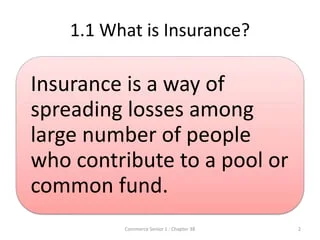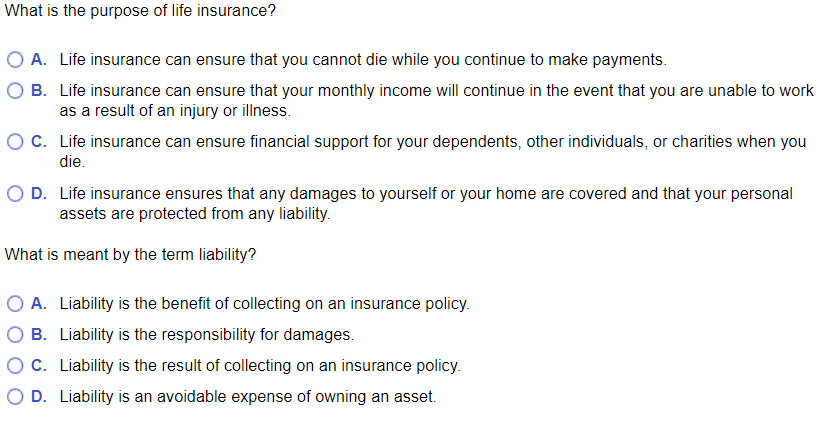Pacific Prime Fundamentals Explained
Pacific Prime Fundamentals Explained
Blog Article
3 Easy Facts About Pacific Prime Explained
Table of ContentsThe Ultimate Guide To Pacific PrimeGetting My Pacific Prime To WorkPacific Prime Fundamentals ExplainedThe Definitive Guide for Pacific PrimeIndicators on Pacific Prime You Should Know

This is because the data were accumulated for a period of solid economic efficiency. Of the estimated 42 million individuals who were uninsured, just about about 420,000 (concerning 1 percent) were under 65 years old, the age at which most Americans come to be qualified for Medicare; 32 million were grownups in between ages 18 and 65, about 19 percent of all grownups in this age team; and 10 million were children under 18 years old, about 13.9 percent of all youngsters (Mills, 2000).
These price quotes of the variety of individuals uninsured are produced from the yearly March Supplement to the Present Populace Survey (CPS), performed by the Census Bureau. Unless otherwise kept in mind, national quotes of individuals without medical insurance and proportions of the population with various type of coverage are based upon the CPS, the most extensively used resource of estimates of insurance policy coverage and uninsurance rates.
More About Pacific Prime

Still, the CPS is especially useful due to the fact that it creates yearly quotes reasonably swiftly, reporting the previous year's insurance policy protection estimates each September, and due to the fact that it is the basis for a regular set of estimates for greater than two decades, enabling evaluation of patterns in insurance coverage over time. For these reasons, along with the comprehensive use the CPS in various other researches of insurance policy coverage that exist in this report, we depend on CPS estimates, with constraints kept in mind.

The price quote of the number of uninsured individuals increases when a population's insurance policy condition is tracked for several years. Over a three-year duration starting early in 1993, 72 million individuals, 29 percent of the U.S. https://canvas.instructure.com/eportfolios/2829699/Home/Pacific_Prime_Your_Ultimate_Destination_for_Insurance_Solutions. population, were without coverage for at the very least one month. Within a single year (1994 ), 53 million individuals experienced at the very least a month without coverage (Bennefield, 1998a)
Six out of every ten uninsured grownups are themselves utilized. Working does improve the probability that one and one's household participants will have insurance coverage, it is not a guarantee. Also participants of families with two permanent wage income earners have almost a one-in-ten possibility of being uninsured (9.1 percent without insurance rate) (Hoffman and Pohl, 2000).
About Pacific Prime
New immigrants represent a considerable proportion of individuals without wellness insurance coverage. One evaluation has connected a significant portion of the current development in the size of the united state without insurance populace to immigrants who arrived in the country between 1994 and 1998 (Camarota and Edwards, 2000). Current immigrants (those that involved the USA within the past 4 years) do have a high rate of being without insurance (46 percent), however they and their kids represent just 6 percent of those without insurance coverage country wide (Holahan et al., 2001).
The relationship in between medical website link insurance and accessibility to care is well established, as recorded later on in this chapter. The connection between health and wellness insurance policy and health and wellness end results is neither direct neither easy, a considerable scientific and wellness services study literary works links wellness insurance coverage to enhanced accessibility to care, far better top quality, and improved personal and population health and wellness status.
Degrees of analysis for analyzing the results of uninsurance. This discussion of medical insurance coverage focuses largely on the U.S. population under age 65 due to the fact that virtually all Americans 65 and older have Medicare or various other public protection. In addition, it concentrates especially on those with no wellness insurance policy for any type of size of time.
The Ultimate Guide To Pacific Prime
The troubles dealt with by the underinsured are in some aspects comparable to those dealt with by the uninsured, although they are normally less extreme. Health and wellness insurance coverage, nevertheless, is neither required nor enough to obtain accessibility to medical solutions. The independent and straight impact of health and wellness insurance protection on accessibility to health and wellness services is well developed.
Others will certainly acquire the healthcare they require even without wellness insurance, by spending for it out of pocket or seeking it from suppliers who supply treatment complimentary or at highly subsidized prices. For still others, medical insurance alone does not make certain receipt of treatment since of various other nonfinancial barriers, such as an absence of healthcare providers in their neighborhood, limited accessibility to transportation, illiteracy, or etymological and cultural differences.
A Biased View of Pacific Prime
Official research study about uninsured populaces in the United States dates to the late 1920s and very early 1930s when the Committee on the Price of Medical Care generated a series of reports concerning financing medical professional office brows through and hospitalizations. This concern became prominent as the numbers of clinically indigent climbed up throughout the Great Depression.
Report this page